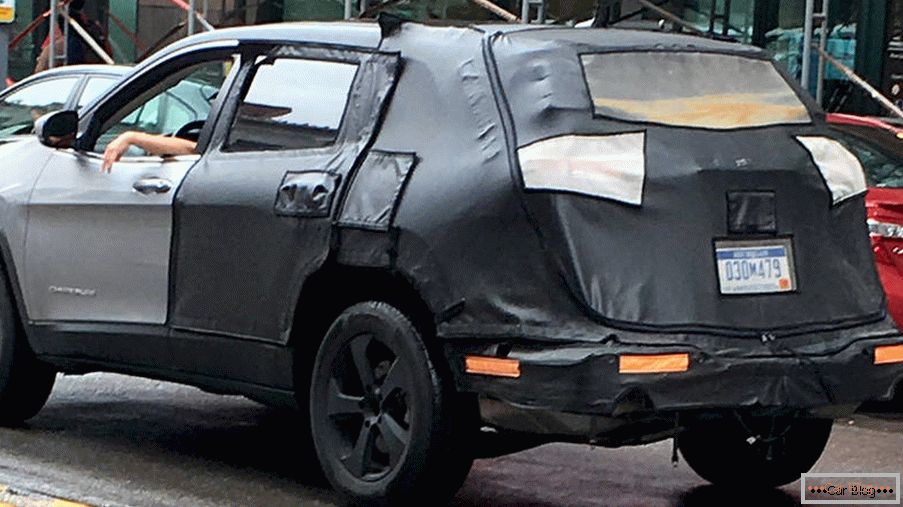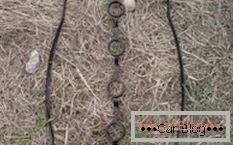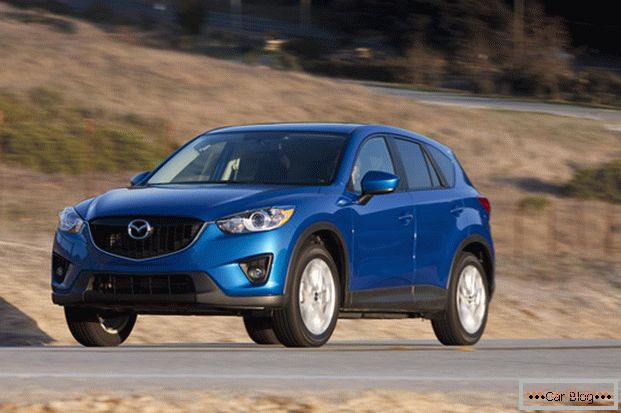Almost every day in the news releases talk about car accidents. The reasons for this may be very different, but often accidents occur due to the inefficiency of the brake system. And it’s good if two cars collided and no one was hurt, and yet there are often accidents involving pedestrians. However, the risks can always be reduced by carefully caring for the vehicle. Some drivers conscientiously monitor the car, but, unwittingly, they buy low-quality components. Let's try to understand the choice of brake pads and make life easier for the average car owner.
Content
- 1 What is brake pads
- 2 How to choose pads for cars
- 3 What are the brake pads
- 4 How can I check pads
What is brake pads
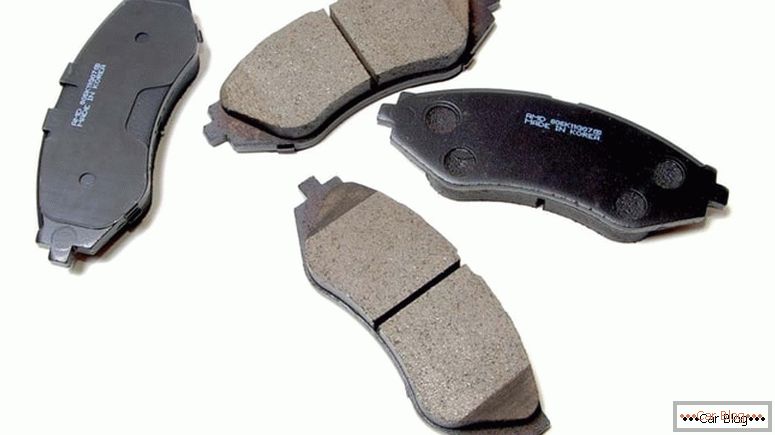
Appearance of brake pads
A pad is a part that contacts the brake disc and, as a result of severe friction, stops or slows down the machine. This element is installed on both the front and rear wheels. Structurally, the block is a steel base, on which a special friction coating is applied. Many component manufacturers argue over which material transfers overload more efficiently and lasts longer, but so far there is no consensus on this. It is difficult to say which pads are better, but it is preferable to install products of famous brands.
How to choose pads for cars
Any spare parts (including for the brake system) must be purchased in official stores. As a rule, any manufacturer has its own accredited dealer who sells products on his behalf. These outlets guarantee quality and do not make large trade markups. As for the product itself, choose the pads with the highest friction coefficient and resistance to temperature changes. An external inspection will also be useful, because sometimes products receive defects during transport. And of course, you should not chase the price, because a good product, by definition, is not cheap.
See also: How to check brake pad wearWhat are the brake pads
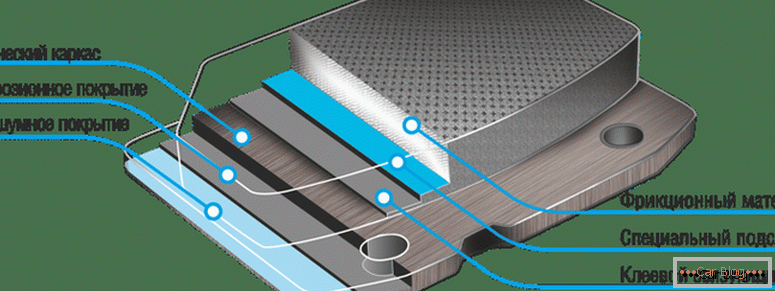
Components of brake pads
On the market are a variety of brake pads. They are divided by several factors, one of which is the material from which the overlay is made:
- Organic - are the highest quality and long-playing, but at the same time the most expensive;
- Asbestos products - are quite soft and can not exert the necessary pressure on the disk. In addition, asbestos is hazardous to human health;
- Asbestos-free elements in which polymer, copper or brass chips act as the main material.
The next aspect in the separation of brake pads is their production. Asking which brake pads are better, you should always focus on the original products. Most often they are made by the car manufacturer itself or another company on its special order. These parts are almost always very high quality, because the company's reputation is at stake. The only disadvantage of the original components is their price. Often you have to seriously overpay for quality!
Non-original pads are also quite common. These components are made by third-party manufacturers, but they are suitable for all design and technical requirements. Most often, “not original” has average quality and low price. But there are cases when such parts are much more expensive than the original ones and surpass them in quality. This is clearly seen in special tuning pads, which make limited quantities for powerful sports cars.
How can I check pads
To find out the degree of wear pads, absolutely no need to go to the car wash. It is enough to remove the wheel and visually assess the remainder of the friction material. It is believed that for the normal operation of the pads a layer of at least two to three millimeters is necessary. If you find that you have reached this limit, then it is better to immediately install new items. Before replacing, look at how long the brake elements have worked. A normal mileage is about 30,000 km! In the event that the “consumable” has worn out much faster, it is worth considering how to choose brake pads from another manufacturer.
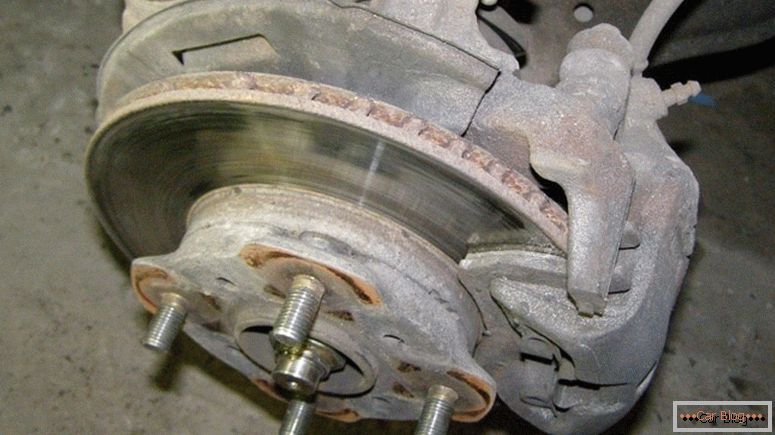
These pads will require replacement soon.
If someone has forgotten or intentionally ignored the regulated replacement of brake components, then soon he will hear a characteristic creak. It occurs due to the wear sensor, which touches the brake disc and makes an unpleasant sound. In this case, you should immediately check the degree of wear of the brake pads and, if necessary, replace them. But practice shows that even in this case, some car owners continue to drive with worn pads. They do not understand that they risk their lives and provoke the appearance of serious malfunctions in the car. In particular, when the friction pad is completely erased, the metal base will begin to spoil the brake disc, creating deep grooves on its surface. Replacing brake discs would require more significant investment than buying pads.
In the process of replacing it is useful to check the condition of brake hoses and tubes. The system must be completely sealed, and at the slightest leakage should replace the defective leaky element.
Another interesting point is that sometimes you can pick up non-original pads, which are placed on the car from the factory. In other words, If you compare the original pads and substitute pads, in fact the boxes will contain exactly the same parts. But for each brand of car you need to find out separately which braking element of the company is supplied from the factory, in this case it will be possible to save decently without the slightest loss of quality.
See also: How to remove stuck brake disc from the hub
